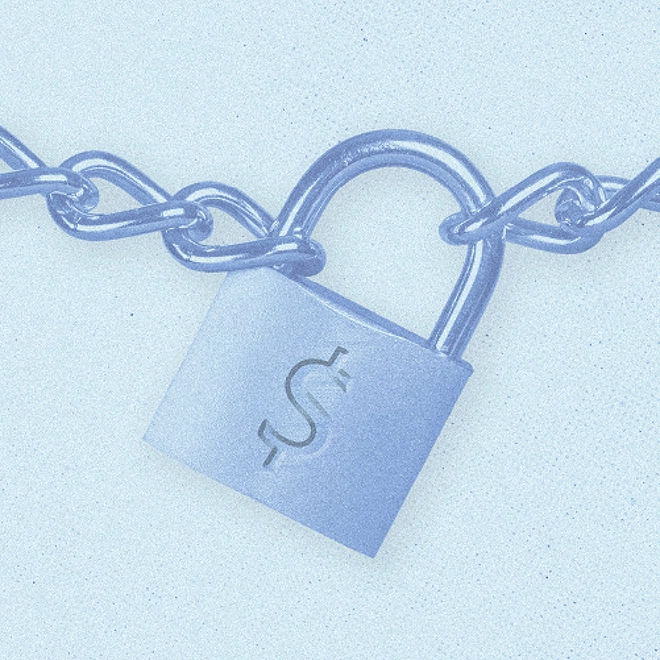10 Tax System Insights
Tax Alert - March 2022
By Robyn Walker
The Public Service Act 2000 has introduced a new obligation on Government departments to prepare a Long-Term Insights Briefing (LTIB) at least once every three years. The purpose of the briefing is to make information and impartial analysis available about medium- and long-term trends, risks and opportunities that affect, or may affect New Zealand. An LTIB can set out policy options, with strengths and weaknesses, without the need to indicate a preference for any option.
The Inland Revenue has released a draft of its inaugural LTIB for comment. At 96 pages and an additional 37 pages of technical appendices, the LTIB is not for the faint-hearted. If nothing else, it provides a glimpse into how economists think about taxes, which could be summarised as being quite different to someone working in the day-to-day nitty-gritty of tax compliance and analysis of legislation.
The LTIB aims to “help build up an understanding of how taxes on inbound investment can combine to affect incentives to invest in New Zealand”. It analyses several hypothetical policy choices such as reducing the company tax rate, accelerating depreciation deductions, increasing the thin capitalisation safe harbour threshold, providing an allowance (i.e. deductions) for corporate equity, and having a dual income tax system that taxes capital and labour differently. Some of these options are quite a shift from the existing tax system.
Rather than attempting to explain or analyse these options, instead, this article presents 10 other insights taken from the briefing.
- New Zealand has an above-average company tax rate (compared with the OECD average) as well as very low foreign direct investment and outbound direct investment. New Zealand has the eighth highest company tax rate in the OECD and the fourth-highest effective marginal tax rate. New Zealand has the highest company tax rate when just looking at similar-sized economies.
- A study of Inland Revenue data on high-wealth individuals suggests that only 5% of income is taxed at personal tax rates, 12% is taxed at the trustee tax rate and 83% is taxed at the company tax rate.
- In 2010/11 there was a change to a number of tax rules, including reducing the company tax rate and removing depreciation on buildings and the depreciation loading. The LTIB suggests there is evidence that the result was that effective marginal tax rates increased rather than decreased.
- New Zealand has the highest cost of capital on buildings within the OECD, with a cost of capital of 4.1 (this was 4.9 before commercial building depreciation was reinstated in 2020). The average cost of capital across the OECD is 3.3. The OECD data suggests that New Zealand has relatively high costs of capital across most asset types.
- Over the last twenty years, there has been an overall increase in the weighted average cost of capital in New Zealand, moving from 3.75% in 2000/01 to 3.83% in 2020/21.
- The gap between the highest personal tax rate (39%) and the company tax rate (28%) is very low by OECD standards. The average difference is 19.5% (Australia is 17%, Ireland is 27%, UK is 26%, US is 17.9%).
- Two international studies have concluded that thin capitalisation rules have a negative effect on employment and investment by multinational corporations.
- There is limited evidence of foreign-controlled companies maximising debt in New Zealand. The average amount of debt is 43%, and only 9.4% of businesses who complete Inland Revenue’s International Questionnaire have between a 50%-60% debt to asset ratio. 44.1% of foreign-owned groups have zero debt in New Zealand.
- Of the debt of foreign-controlled companies, only 37.3% is related party debt.
- 50.1% of all foreign direct investment into New Zealand comes from Australia.
Inland Revenue is interested in receiving feedback on its draft LTIB. Comments can be provided until 14 April 2022.



